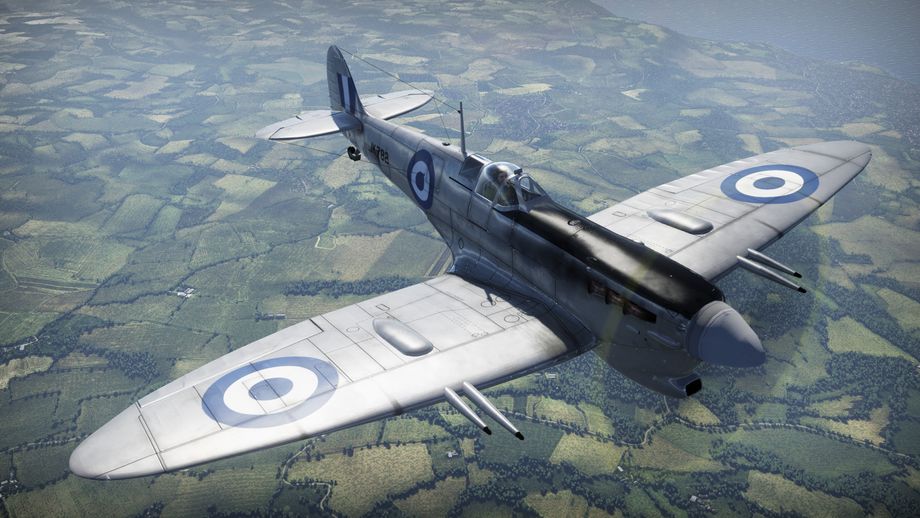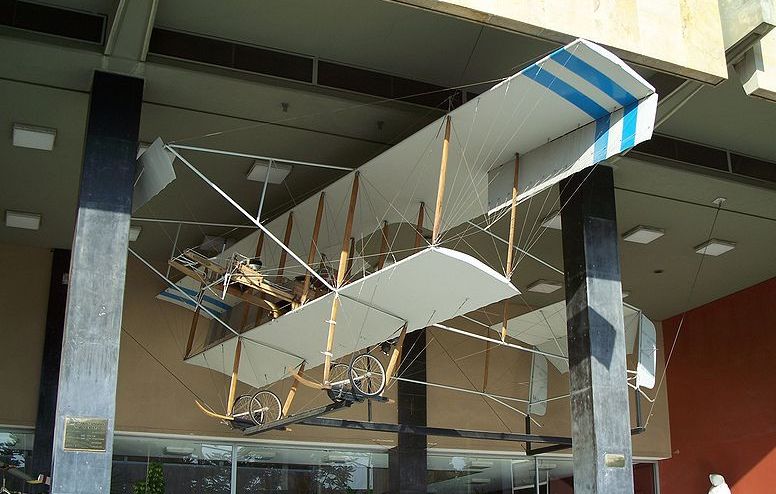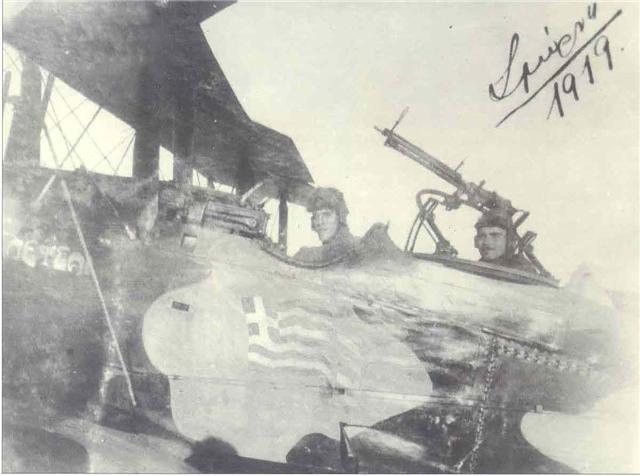
- For PC
- For MAC
- For Linux
- OS: Windows 10 (64 bit)
- Processor: Dual-Core 2.2 GHz
- Memory: 4GB
- Video Card: DirectX 11 level video card: AMD Radeon 77XX / NVIDIA GeForce GTX 660. The minimum supported resolution for the game is 720p.
- Network: Broadband Internet connection
- Hard Drive: 23.1 GB (Minimal client)
- OS: Windows 10/11 (64 bit)
- Processor: Intel Core i5 or Ryzen 5 3600 and better
- Memory: 16 GB and more
- Video Card: DirectX 11 level video card or higher and drivers: Nvidia GeForce 1060 and higher, Radeon RX 570 and higher
- Network: Broadband Internet connection
- Hard Drive: 75.9 GB (Full client)
- OS: Mac OS Big Sur 11.0 or newer
- Processor: Core i5, minimum 2.2GHz (Intel Xeon is not supported)
- Memory: 6 GB
- Video Card: Intel Iris Pro 5200 (Mac), or analog from AMD/Nvidia for Mac. Minimum supported resolution for the game is 720p with Metal support.
- Network: Broadband Internet connection
- Hard Drive: 22.1 GB (Minimal client)
- OS: Mac OS Big Sur 11.0 or newer
- Processor: Core i7 (Intel Xeon is not supported)
- Memory: 8 GB
- Video Card: Radeon Vega II or higher with Metal support.
- Network: Broadband Internet connection
- Hard Drive: 62.2 GB (Full client)
- OS: Most modern 64bit Linux distributions
- Processor: Dual-Core 2.4 GHz
- Memory: 4 GB
- Video Card: NVIDIA 660 with latest proprietary drivers (not older than 6 months) / similar AMD with latest proprietary drivers (not older than 6 months; the minimum supported resolution for the game is 720p) with Vulkan support.
- Network: Broadband Internet connection
- Hard Drive: 22.1 GB (Minimal client)
- OS: Ubuntu 20.04 64bit
- Processor: Intel Core i7
- Memory: 16 GB
- Video Card: NVIDIA 1060 with latest proprietary drivers (not older than 6 months) / similar AMD (Radeon RX 570) with latest proprietary drivers (not older than 6 months) with Vulkan support.
- Network: Broadband Internet connection
- Hard Drive: 62.2 GB (Full client)

Spitfire Vc with Helenic markings made by xeigen | Download here
As the development of military aviation in Greece began to ramp up in 1911, the Hellenic government turned to France and sent six of their officers to be trained as pilots, whilst ordering their first aircraft from the French firm Maurice and Henry Farman. Emmanuel Argyropoulos performed the first flight in Greece in February 1912 using a small, 50-hp Nieuport. Later that day a second flight took place when Argyropoulos took off again, this time carrying the Prime Minister Eleftherios Venizelos.
 |
The "Daedalus", a Henry Farman biplane from 1912, first aeroplane used by the greek Air Force |
In May of the same year 1st Lieutenant Dimitrios Kamberos flew the first Hellenic military flight in a Henry Farman. Just a month later Kamperos flew his seaplane - a converted Farman 'Daedalus'. Flying at 110km per hour he set new world records and highlighted possibilities of a Greek naval air arm. Sadly, whilst flying from Phaleron to Patras in a Bleriot in 1912, Alexandros Karamanlakis lost his life during an unsuccessful attempt to ditch and became the first Greek pilot to be killed in a flying accident.
By September 1912, four military pilots established the first Greek air combat unit in Larissa. During the Balkan war the first air reconnaissance sorties were flown; in October - just a month after the birth of the first air combat squadron - a successful bomb drop on the Bizani strongholds was carried out.
During the First World War, both the Greek army and navy utilised air squadrons for carrying out reconnaissance and bombing missions. The two separate organisations continued to act within their own remits until 1930, when Prime Minister Eleftherios Venizelos founded the Aviation Ministry and the Royal Hellenic Air Force (RHAF) was added as an independent organisation within the Hellenic armed forces. The following year the Air Force Academy was established. In 1934 the RHAF began an extensive period of modernisation, developing the rank structure used to this day and importing new aircraft from as far afield as Germany, Poland and Britain.
 |
Airco De Havilland D.H.9 bomber in Izmir/Smyrna (1919) 'Spetsai' of the Hellenic Navy Air Service |
World War Two saw conflict between Greece and Italy; 77 RHAF aircraft entered combat against some 460 Italian aircraft. Largely outnumbered, the men of the RHAF showed immense courage; with comparatively few aircraft they were still able to collect vital information regarding Italian movements whilst providing protection across the Greek skies. The greatest noticeable impact was the damage to the enemy's supply line during the conflict.
During November 1940 a RHAF Breguet 19 flew at low level along the front line near Albania, managing to attack an Italian Alpine Division . This impacted greatly on operations in the area. Shortly after this, Flying Officer Marinos Metralexis showed great initiative and bravery when, after expending all of his ammunition against an Italian three engined bomber, he then rammed the propeller of his PZL P.24 into its rudder to bring the aircraft to the ground. These two incidents signalled to Italy that although outnumbered, the Greeks had great courage and posed a greater threat than envisaged.
_Squadron_RAF_Hurricane_pilots_Egypt_WWII_IWM_CM_3362.jpg) |
A group of pilots of No. 335 (Hellenic) Squadron RAF pose in front of one of their Hawker Hurricane Mk IICs at Dhekeila, Egypt |
The RHAF continued its unceasing defences, successfully seeing of a large attack in Spring 1941. When Germany invaded it was again an unbalanced battle. But, once again Greece showed great courage. The RHAF shot down 64 Luftwaffe aircraft; sadly this came at the cost of 52 Greek aircrew killed.
Following a spirited fight, defeat at the hands of the vast German military was tragically inevitable. A few Greek aircraft escaped - fleeing to Cairo these surviving crews reformed under the British RAF to continue serving throughout the remainder of the war. After the liberation of Greece in 1944 the RHAF was heavily involved in both the Greek Civil War and the Korean war.
Today the Hellenic Air Force is a modern fighting force spearheaded by US aircraft such as the F-16. Currently in a period of transition, the Hellenic Air Force is about to take another quantum leap forwards in terms of capability and is assessing its options for the future.
War Thunder Team




